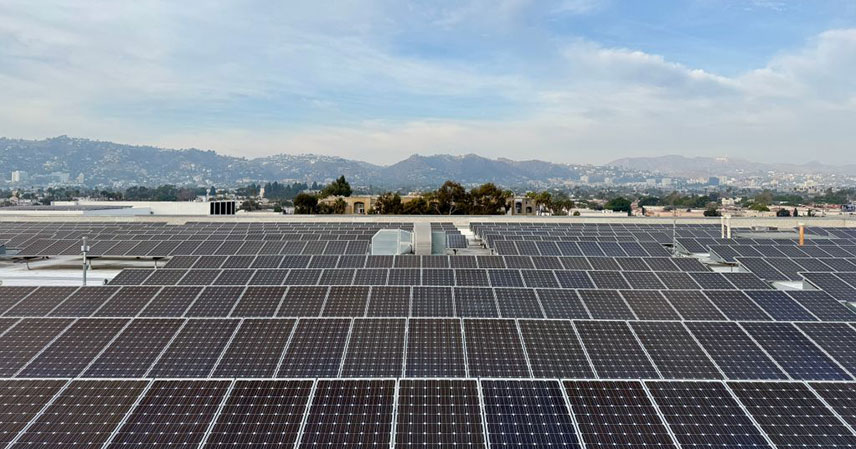The US Energy Information Agency (EIA) recently released its mid-year report on electricity generation, revealing a fascinating picture of shifting energy sources and moderating demand. While electricity consumption continues to grow, the pace has slowed compared to earlier in 2025. This slowdown has had a ripple effect across the energy sector, particularly impacting coal and solar power generation.
This report provides crucial insights into the ongoing energy transition in the United States, highlighting both the continued reliance on fossil fuels and the impressive growth of renewable energy sources. Let’s delve into the details and explore the implications of these trends.
Moderating Electricity Demand 📈
For decades, US electricity consumption remained relatively stagnant. However, the past year has witnessed a significant increase, largely attributed to the expanding demand from data centers and other technology-driven sectors. Early in 2025, year-over-year growth reached approximately five percent. Fortunately, this rapid growth seems to be stabilizing. The EIA’s report shows a more moderate three percent increase in total electricity demand for the first six months of the year.
Coal’s Diminishing, Yet Still Significant, Role 🏭
The slowdown in electricity demand has had a noticeable impact on coal consumption. Earlier in 2025, coal usage surged by nearly 20 percent compared to the previous year. This latest report reveals a slightly reduced, yet still alarming, increase of just under 17 percent. This continued reliance on coal remains a significant environmental concern due to its substantial contribution to greenhouse gas emissions and air pollution. The report also highlights the negative influence of the Trump administration’s intervention, which kept a coal plant operational despite planned closure, further hindering the transition to cleaner energy sources.
The Unstoppable Rise of Solar Power ☀️
Despite the challenges and setbacks, solar power continues its impressive trajectory. The EIA data suggests that solar energy generation is poised to surpass hydroelectric power before the end of 2025. This remarkable growth underscores the increasing competitiveness and affordability of solar technology, driving its widespread adoption across the country. This trend represents a critical step towards a cleaner and more sustainable energy future for the United States.
The Implications of These Trends 💡
The EIA’s findings carry significant implications for various sectors. For policymakers, it reinforces the need for continued investment in renewable energy infrastructure and policies that incentivize the transition away from fossil fuels. For businesses, understanding these trends is crucial for strategic planning, particularly for those involved in energy production and consumption. And for consumers, it highlights the growing importance of energy efficiency and the potential for individual contributions to a more sustainable energy future.
Environmental and Economic Considerations 🌍
The continued use of coal, while moderating, remains a major environmental concern. The health and environmental costs associated with coal-fired power plants are substantial, including air and water pollution, and contribution to climate change. Conversely, the growth of solar power offers significant environmental benefits, reducing carbon emissions and promoting cleaner air. From an economic perspective, the shift towards renewable energy sources presents both challenges and opportunities, requiring investments in new infrastructure and creating jobs in the burgeoning renewable energy sector.
Key Takeaways 🔑
- Electricity demand growth is moderating after a significant surge earlier in 2025.
- Coal consumption is still rising, though at a slower rate than previously observed.
- Solar power continues its rapid expansion, expected to surpass hydroelectric power generation soon.
- These trends have significant environmental, economic, and policy implications.
In conclusion, the EIA’s mid-year report paints a complex picture of the US energy landscape. While the moderating growth in electricity demand offers some positive signs, the continued reliance on coal remains a significant concern. The remarkable growth of solar power, however, provides a beacon of hope, especially as new technologies create unprecedented energy demands, such as the growing energy footprint of AI. Continued monitoring and strategic action are crucial to navigate this evolving energy landscape effectively.



